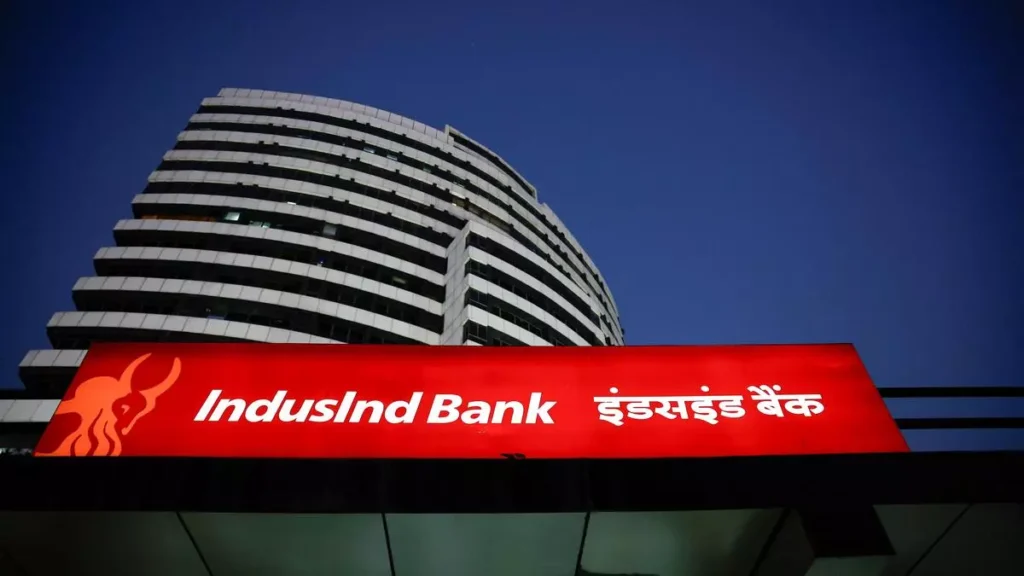Unexpected Turmoil in Loan Growth and Profit Losses
IndusInd Bank’s shares spiraled downward, dropping nearly 19% in a single morning. By mid-morning on the BSE, the stock had slumped to ₹1,041.45 per share, reflecting a day of turbulence. Investors watched in shock as the bank revealed a major setback. They announced that stress within the microfinance loan portfolio would prevent the bank from hitting its full-year growth target. With this news, IndusInd Bank jolted the market, underscoring the precarious state of the microfinance sector.
Microfinance Sector Woes Hit Hard
The trouble centers around IndusInd’s microfinance loans. These loans, designed for low-income borrowers, have become a double-edged sword. With annual incomes below ₹3 lakh, borrowers often rely on collateral-free loans to meet their needs. However, many of these loans are now turning into non-performing assets (NPAs). As a result, IndusInd faces a mounting pile of bad loans, which severely impacts profits and investor confidence.
Sumant Kathpalia, CEO of IndusInd Bank, did not sugarcoat his message. “Obviously, I don’t think we will be able to achieve 18 percent to 22 percent growth,” he shared. For now, IndusInd’s loan growth sits between 13% and 15% for the first two quarters. This shortfall reveals the challenges and risks embedded within the microfinance sector.

Why Microfinance Loans Pose Unique Risks
Microfinance loans come with unique and significant risks. Because they are collateral-free, they rely solely on the borrowers’ income stability. For low-income borrowers, inflation and economic shifts increase repayment burdens quickly. In challenging economic conditions, default rates rise, leaving lenders like IndusInd vulnerable. Every missed repayment adds strain, turning what began as a beneficial loan program into a larger issue.
Ripple Effect Across the Financial Sector
IndusInd’s share crash sent a shockwave across the banking sector, impacting the Nifty 50 index by 0.8%. Meanwhile, other banks—like Kotak Mahindra and RBL—have also reported higher levels of bad loans. Stress from microfinance and credit card segments appears to be widening. As a result, banks may now approach future lending with greater caution. Investors, too, may show increased skepticism toward high-risk lending sectors.
The Road Ahead: Strategic Reassessments and Recovery
For IndusInd, the road ahead remains uncertain. Kathpalia has announced tighter monitoring of quarterly performance. He’s hinted at a cautious approach, designed to mitigate fallout from microfinance loan stress. However, analysts remain on edge, waiting to see if IndusInd can regain stability or if other banks may issue similar warnings.
IndusInd Bank’s share drop stands as a reminder of microfinance risks. Lofty growth expectations, though promising, must align with the realities of loan repayment risks. For now, the market watches closely, bracing for any further turbulence in this complex sector.




